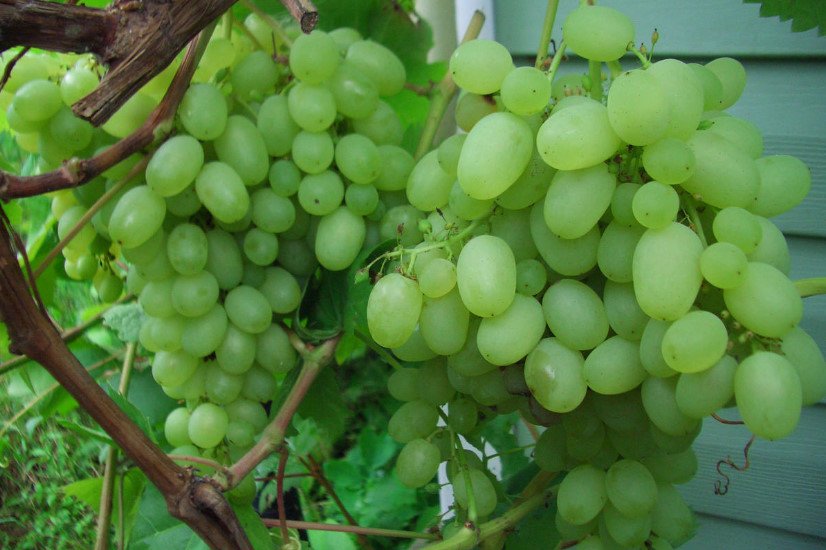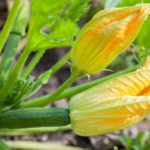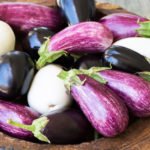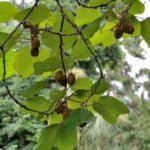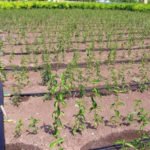I believe that the Garden of Eden is impossible without the opportunity to eat fruits and enjoy the best of them. How can you do without grapes, which have long been known to gardeners – it’s scary to say! ten thousand years.
Of course, grapes are a southern plant, and the climate imposes its own restrictions. But my own experience suggests that grapes can be used not only as an ornamental plant, although here its possibilities are truly limitless: grape berries are comparable to flowers in brightness and variety of colors and shapes. They can be white, golden, red, purple, blue, green or black. Very beautiful carved leaves that change their color in autumn. Personally, grapes fascinate me and seem to be an inexhaustible plant that gives strength. I want to share with readers my observations of this amazing plant.
Cultivated grapes belong to the genus Vitis. All modern varieties, and there are about 5000 of them, originated from three groups of this species: European-Asian, East Asian and North American.
- Grapes European-Asian
Grape varieties have high taste qualities, but have low frost resistance (-20°C/-4°F), are unstable to phylloxera and fungal diseases.
- East Asian grapes
It has high frost resistance (up to -40°C/-8°F) and the shortest growing season. I have seen many interesting forms of Amur grapes, which not only have good fruits, but also beautiful foliage.
- North American grapes
It is represented by four types. Of these, V. labrusca, frost-resistant and resistant to fungal diseases, was used in breeding. The berries of the variety descended from it are distinguished by the mucous pulp, the specific aroma of “Isabel” and the aroma of strawberries.
Where to plant
Grapes are a thermophilic plant, so there is no better place for it than the southern wall of a house or fence open to the sun.
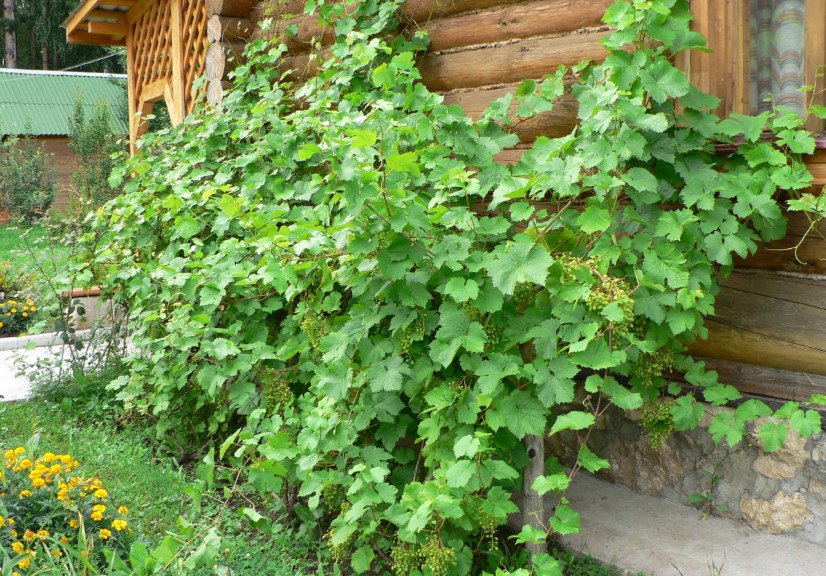
When I planted my first grapes 15 years ago, guided by these considerations, I placed it 0.4 m(1.3 ft) from the foundation of the southern wall of the house (the house is heated, if it was not heated in winter, I would have to retreat 0.8 m/2.6 ft).
The soil for grapes needs breathable, warm, nutritious, moisture-intensive. It is very good if it is broken brick, gravel, coarse sand. Grapes can grow on slightly acidic, neutral or slightly alkaline soils. If the soil is acidic (pH less than 4), it should be limed. Grapes, like raspberries, contain high concentrations of mineral salts, so it can be fertilized.
The soil on my site is light, sandy loam, so when planting grapes, I did not drain the clay, otherwise drainage is necessary.
A pit for planting seedlings should be dug out with a size of 0.6(2 ft) x 0.6(2 ft) x 0.6 m (2 ft).to fill it, take 4 buckets of rotted manure, add a liter jar of ash, a glass of nitroammophosky and mix with the fertile soil extracted from the pit. The seedling is planted with a slope in the direction where it is going to hide in a shelter for the winter. The root neck is buried by 0.2-0.3 m (0.65-1 ft) (if the length of the shoot allows). After planting, water the seedling abundantly until the entire planting pit is soaked (at least two buckets of water). In the future, the young seedling is watered as needed, from August watering is limited so that the vine ripens better.
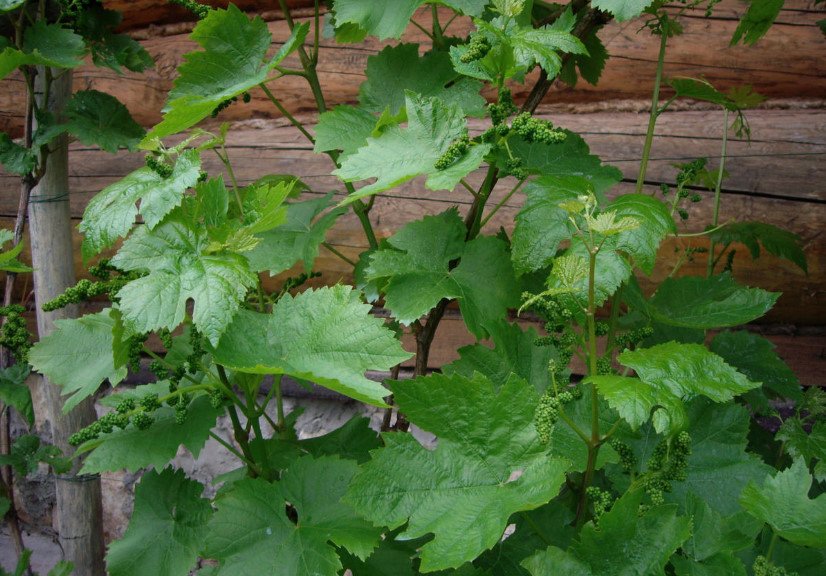
Proper planning ensures the nutrition of the seedling in the first three years without additional fertilizing. Adult bushes are fed at the beginning of the growing season with liquid complex fertilizer, and in July with ash – at the rate of a glass per bush.
It is very good to organize watering of grapes through pipes buried 0.4 m (1.3 ft) into the ground next to the bush. In this case, water, and if necessary, top dressing goes directly to the roots. The surface under the bush remains dry, which increases the temperature of the earth and reduces the likelihood of fungal diseases. Adult grapes are a drought-resistant plant and in our region especially needs watering. During the ripening of berries, watering is harmful, as it leads to their cracking and a decrease in sugar content.
At what interval to plant bushes
For testing varieties, grapes can be planted after 1 m (3.3 ft), implying the rejection of half in the future. It is necessary to place bushes in a permanent place after 2 m (6.6 ft), in extreme cases, through
1.5 m (4.9 ft). Grapes are productive, they bear fruit every year. Even with average farming methods in wall culture, it is easy to get more than 10 kilograms (22 lb) of grapes per 1 meter (3.3 ft) of wall length.
How to form a vine Bush
There is no clear answer to this question. There are many solutions to this problem in the literature. Most of them are aimed at obtaining the maximum yield on the limited surface of the bush. This requires constant attention, because the plant is injured and weakened.
From the very beginning, I refused to prune grapes during the growing season and settled on the formation of a grape bush without a trunk. At the same time, two or three perennial vines up to 4 m (13.1 ft) long depart from the bush, which are vertically located on the wall of the house. After hanging the vines, I don’t do them and can pay attention to other fruit and ornamental crops growing in my garden. Apparently, this is also suitable for gardeners engaged in the creation of a garden of eden.
In the presence of heat and power provided to itself, grapes quickly (at a speed of up to 12 cm/4.7 in per day) master the free space of the wall, clinging to the slightest irregularity with tendrils. A solid green wall up to 0.8 m (2.6 ft) thick is formed, through which not a single ray of light will fly. The beauty and power of the grape plant is stunning.
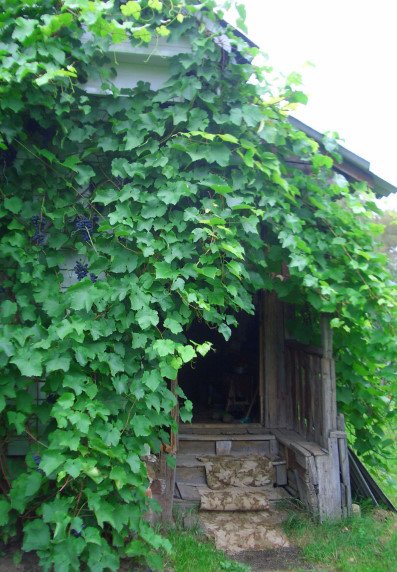
To be continued…
